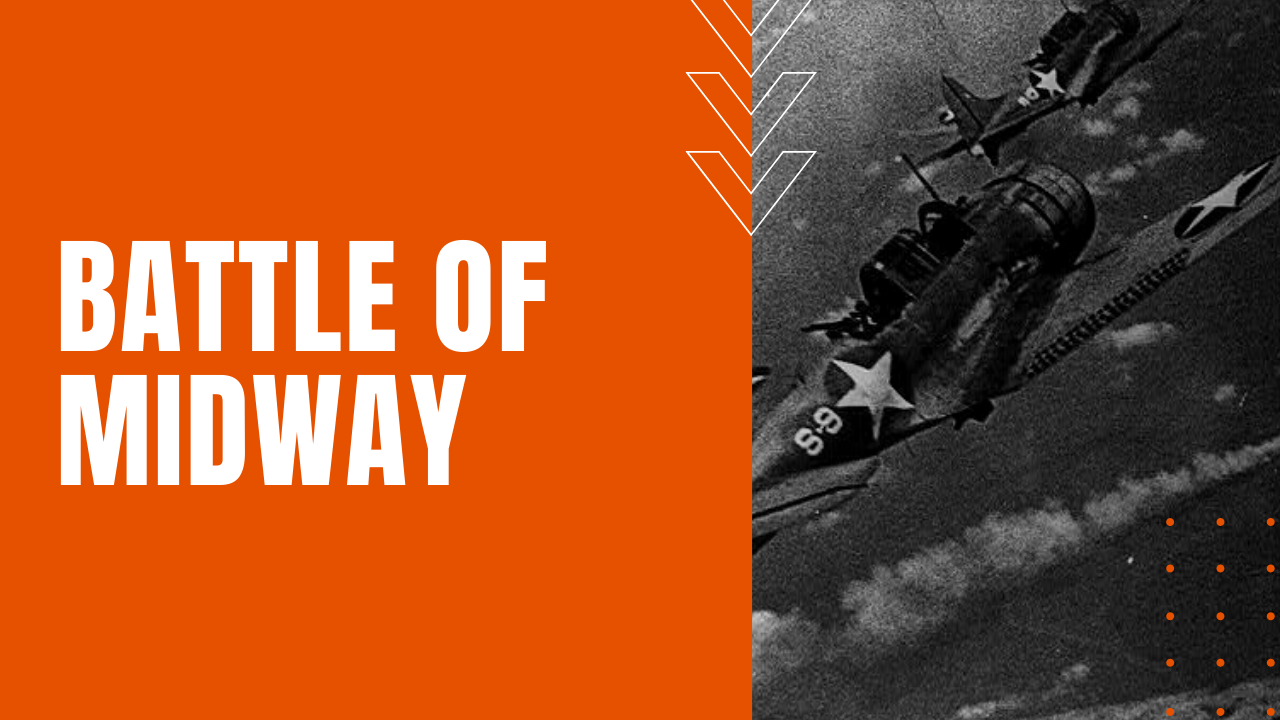Battle of Midway: Japan’s Expansionist Pacific Ambitions Crushed

Six months after the heavy loss of American servicemen and naval assets inflicted by Japan’s attack on Pearl Harbor, Admiral Isaroku Yamamoto became convinced that the Imperial Japanese Navy now enjoyed a numerical advantage over the Americans.
Hoping to replicate the success of the Pearl Harbor attack, Yamamoto sought to annihilate the remaining U.S. Pacific fleet through means of a surprise attack on American naval assets at Midway Island.
The Battle of Midway
After a diversionary attack by a smaller Japanese force on the Aleutian Islands off the coast of Alaska, Yamamoto engaged in a three-pronged attack on Midway.
First came air attacks on the island from fighter planes launched by the aircraft carriers Akagi, Kaga, Hiryu and Soryu, followed by a naval and infantry invasion of the island.
The third phase, after expected reinforcements from Pearl Harbor had been brought in by the Americans, Yamamoto would then lead his own fleet to Midway, after waiting 600 miles to the west. Thanks to U.S. Navy codebreakers, Japan’s planned attack was known by the Americans several weeks in advance of Japan’s offensive.
After a failed counter-attack by American B-17 bombers on June 3rd, 1942, the Japanese air attack of June 4th inflicted severe damage to the U.S. base on Midway, which prompted retaliatory air attacks by U.S. Devastator torpedo bombers against the four Japanese carriers.
While Japanese Zero fighters shot down the first wave of American fighters, the second wave hit pay dirt against the Akagi, Kaga and Soryu. After the losses, Japan’s surviving carrier Hiryu launched two attacks on the USS Yorktown aircraft carrier, which had to be abandoned yet remained afloat.
After the loss of the Yorktown, U.S. dive bombers took out the Hiryu, putting an end to any hopes for a victory favoring the Japanese. In the end, the U.S. victory in the Battle of Midway ended Japan’s expansionary aspirations in the Pacific, forcing them into a defensive posture until their surrender on September second, 1945.
